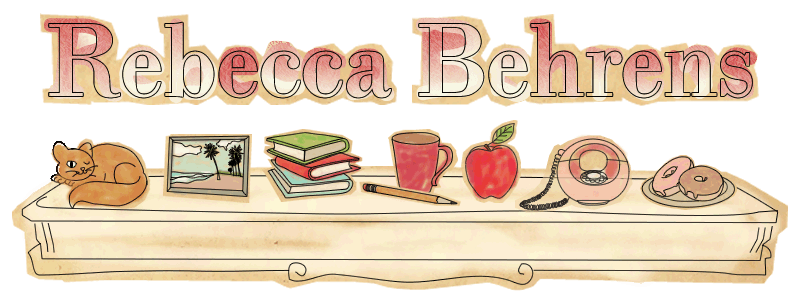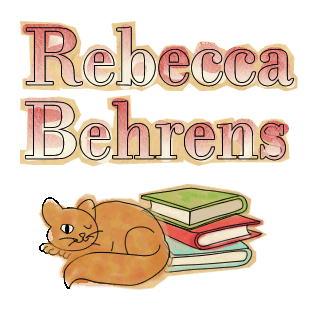Thursday was my lucky day, and I got to pop by BEA to spend a couple hours on the floor. I timed it so I could check out a panel: “Writing Strong Female Characters In Middle Grade Books” with Lauren Oliver, Sharon Creech(!),* Judith Viorst, and Shannon Messenger.
Here are some highlights from the panel.**
Which comes first, the world or the character? How does a voice develop?
For Lauren Oliver, character and world develop simultaneously. Specific lines come to her first, which bring the character and worlds together; then she starts exploring it. “The character’s journey is yours, too, as a writer.”
Sharon Creech also finds that world and character develop simultaneously. She strives to stay true to what the character thinks, feels, and speaks. That helps define the world (and voice).
For Judith Viorst, voices lurk “in the location of her belly button.” Writing her Lulu books was the first time that she went from telling a story to her grandkids to turning it into a book.
Shannon Messenger trusts the story: “It tells me where to go.” Her character Sophie came to her before the world of the story did (Keeper of the Lost Cities).
Thoughts on writing middle grade (as opposed to other categories):
All of the authors spoke to the satisfaction of knowing that they are converting/creating readers with their MG books.
LO: Writing middle grade “is like slipping into a blanket.” [I love that sentiment! I think for a lot of lifelong voracious readers, reading/writing middle grade feels like going home.]
SC: Middle grade is the age at which kids fall in love with, or into, books. It’s also an age at which kids are becoming very mature and thoughtful. For a writer–it’s fun to explore those contradictions.
When do you include older characters in a middle-grade story?
SC: She always feels compelled to have older characters and to incorporate what they are thinking.
LO: Sometimes she includes older characters; sometimes she simply has a “mechanism of older wisdom;” it depends on the book.
JV: Likes to include a lot of sibling rivalry.
SM: Is partial to the “cliche of the orphan,” but her characters still have parental figures.
On unlikable characters:
JV: Loves the “hard likes”–characters the reader will eventually come to like, but it’s not easy.
LO: Never felt nor internalized the pressure to be a good girl, so she likes complexity in her characters.
SC: Unlikable, or bad, characters are much more fun to write.
SM: Her “bad boy” character was the most fun to write. She notes that you have to push the reader to see why they should like those characters.
On their writing processes:
LO: The mystery is: what’s this book about. She outlines to some extent, often after she writes 10K so the book starts living.
SC: Has a fluid process. She doesn’t trust an outline [for first drafts] and has to go organically or it is too school-like. After the first draft, she sort-of outlines to look for holes.
JV: The discipline is getting in the chair. She makes herself sit down every day, idea or not.
SM: She makes word count goals, which are sometimes unrealistic. Prefers the “Connect the Dots” method of neither outlining nor pantsing.
*A favorite author from my own middle-grade years, so I was thrilled to see her. I heard Sharon Creech speak about Walk Two Moons and Absolutely Normal Chaos as a tween, and the writing advice she gave in that lecture continues to inspire me!
**Please do not treat as direct quotations as my note-taking was fast and furious.




Very interesting! Thanks for posting this. 🙂
Lucky! Sharon Creech is one of my favorites, too, and now my daughter’s. We loved Lauren Oliver’s Liesl and Po which we read aloud together during a vacation. I think she’s going to really like Shannon Messenger’s debut. I’ll have to see what else Judith Viorst wrote besides Alexander. Thanks for sharing!
The panel made me very excited for Shannon Messenger’s debut, because I love the other three authors. It was wonderful to hear their conversation.
I loved the panel – so many fantastic books headed to the shelves this year 🙂 wish we could’ve bumped into each other! it was my first BEA, and definitely not my last. loved it.
I loved the brief time I got to spend there–next year I’m going to try for a whole day, at least. We’ll have to meet up at a book event in the city sometime!
That sounds like quite the panel. I’d love to be able to soak up this kind of advice in person. Such inspiring women! 🙂
What a panel! Loved reading that. I wish I could go to something like that. I need to find more of those!!
Great blog!! Really helps with resources and meeting other writers!
Rebecca, thanks so much for this recap– I love it, and I wouldn’t have gotten these tidbits any other way. :0) I think what I like reading about most is the “hard like” — never thought about it that way, but what a great character to write and to read. LOVE it. Thanks
This is a great recap! I didn’t attend the last day of BEA so I missed this one. Sounds like this was a great panel.